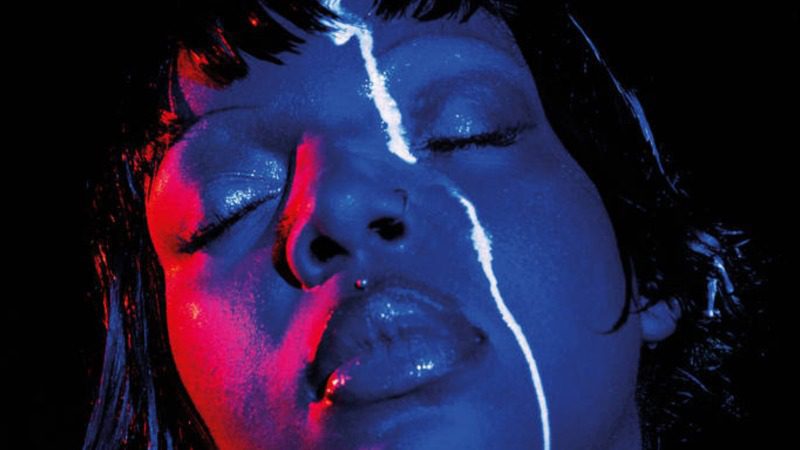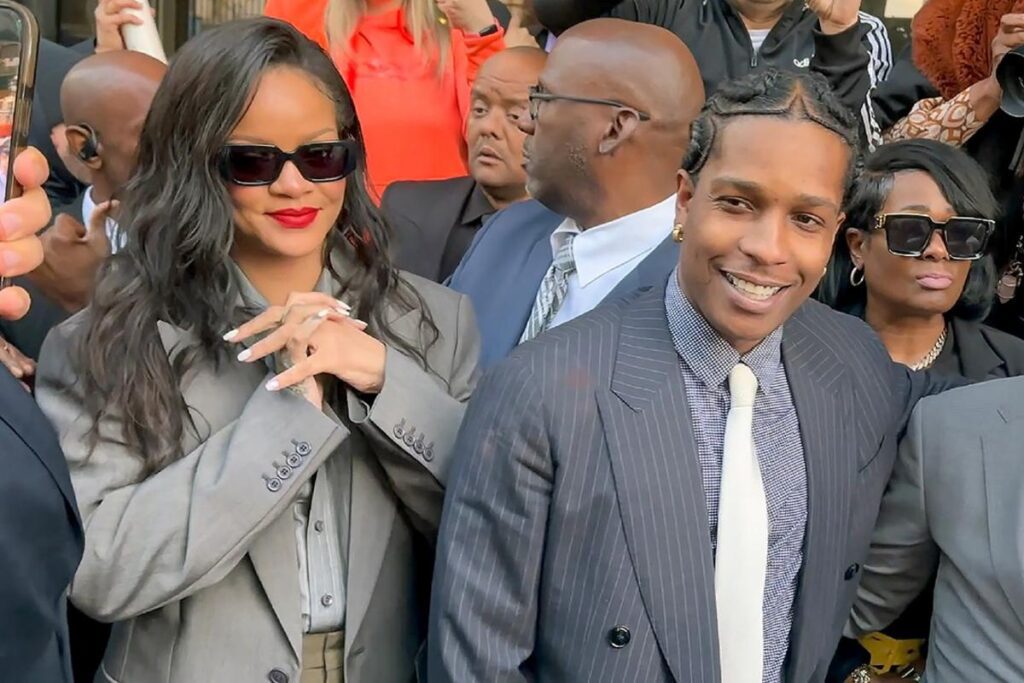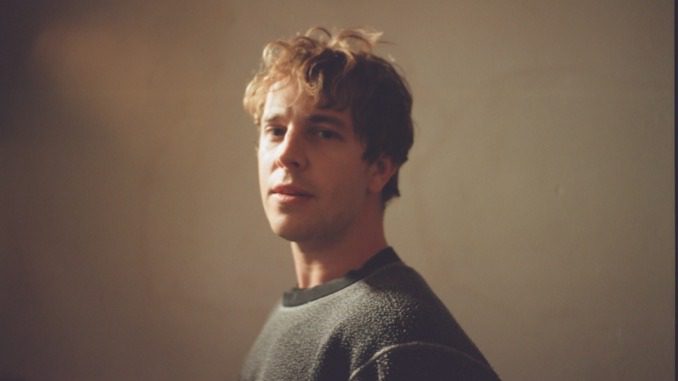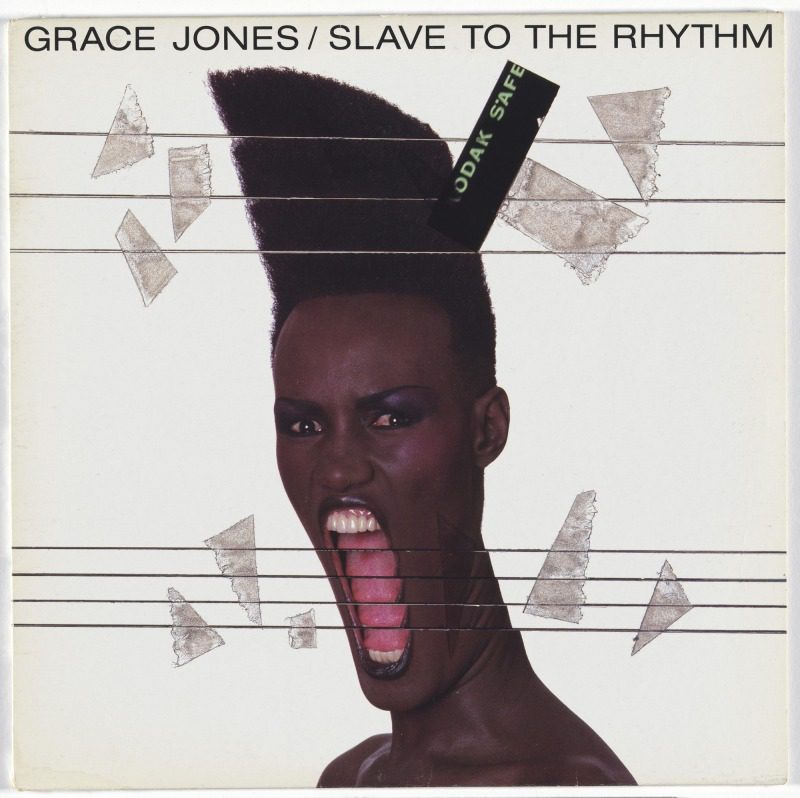Earlier this year, New York’s Abrons Arts Center hosted the premiere of milk thot, the debut stage play from keiyaA. The play sees its protagonist, played by its creator, wage war against her shadow self. When her shadow tries to persuade her to quit her job and assert herself more, keiyaA is so taken aback that she decides there is only one path to pursue: kill her shadow.
It was her first foray into experimental theater, but she had already accumulated a following with 2020’s Forever, Ya Girl, an underground R&B record that rocketed the Chicago-bred artist from relative obscurity to critics’ best-of lists and garnered accolades from well-known figures such as Solange, Jay-Z, and Moses Sumney. In the five years since its release, keiyaA moved to Brooklyn and slowly chipped away at the follow-up, hooke’s law. milk thot contains music from hooke’s law, and while the presentation is different, the two pieces thematically parallel each other. They are both concerned with the self and its susceptibility to collapse into a hollow monolith. Across her second album, and first for the revered indie label XL Recordings, keiyaA taps into her multifaceted approach, ensuring she doesn’t succumb to the very thing she’s here to investigate.
Battling her shadow on the stage is a visualization, a way to externalize what is traditionally internal. hooke’s law, following in that play’s wake, embodies that notion in myriad ways. Lyrically, keiyaA confronts her fears, not by outright dismissing them with platitudes or too-tidy answers but by questioning the way forward. “Tell me / How I’m supposed to thrive / When all I’ve known is to survive / When all I’ve known is to rely on I,” she sings in her rich, silky alto. On “be quiet!!!,” she asks for space, likely from overager fans as much as she is from herself: “Please try not to talk me to death / I need quiet.”
Her production this time around is more concrete: less ethereal, more corporeal. Whereas Forever, Ya Girl’s arrangements were often wispy and intangible, hooke’s law grounds keiyaA in music that is sturdier, heftier, and fuller. Take the Auto-Tuned vocal runs of “think about it/what u think?,” the virtuosic jazz drumming on “take it,” the crisp syncopation in the second half of “until we meet again,” or the resonant low-end of “this time” for example: The instrumentation is direct, much like the excavations and interrogations of self that supply its lyrical content.
Collectively, everything on hooke’s law works in tandem to underline keiyaA’s artistic pluralism. Since her debut, her music has defied easy, convenient explanations, much to its benefit. These songs are an amalgam of woozy electronica, labyrinthine jazz, bass-heavy hip-hop, arty pop, and soothing R&B. Relatability is often regarded as an artistic paragon, an ideal that all songwriters, especially the biggest and richest among them, should aim for. On occasion, that leads to a diluted body of work. Instead, keiyaA presents an alternative, one where inscrutability, and the ensuing self-examination that follows, is an equally worthy pursuit. Some things will always be unknown. On hooke’s law, keiyaA illuminates the shadows. What we’ll find there is yet to be discovered. [XL]
Grant Sharples is a writer, journalist and critic. His work has also appeared in Interview, Uproxx, Pitchfork, Stereogum, The Ringer, Los Angeles Review of Books, and other publications. He lives in Kansas City.




